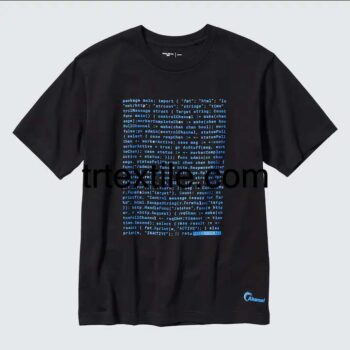T-shirt production is a complex process that involves multiple steps and considerations. One popular production model is the direct-to-garment (DTG) printing method. This method allows for high-quality, full-color designs to be printed directly onto the fabric of the T-shirt.
The first step in the DTG production model is designing the T-shirt. This involves creating a digital image of the design that will be printed onto the shirt. The design can be created using graphic design software or by hand, and it should be in a high-resolution format to ensure a clear and crisp print.
Once the design is finalized, it is sent to a DTG printer. These printers use specialized inks that are designed to adhere to fabric and produce vibrant colors. The printer applies the ink directly onto the T-shirt, which is held in place on a flat surface. The printer moves back and forth, applying the ink in layers to create the final design.
After the design is printed onto the T-shirt, it is cured using heat. This process helps to set the ink and ensure that it is durable and long-lasting. The T-shirt is then inspected for quality control to ensure that the design is clear and that there are no defects in the printing process.
Once the T-shirt has passed inspection, it is ready for packaging and shipping. The T-shirts are folded and packed into boxes for distribution to retailers or customers. The packaging process is important to ensure that the T-shirts arrive in good condition and are ready for sale.
Overall, the DTG production model is a popular choice for T-shirt production because it allows for high-quality, full-color designs to be printed directly onto the fabric. This method is versatile and can be used for small or large production runs, making it a cost-effective option for many businesses. By following the steps outlined in this article, you can create high-quality T-shirts that are sure to impress customers.




